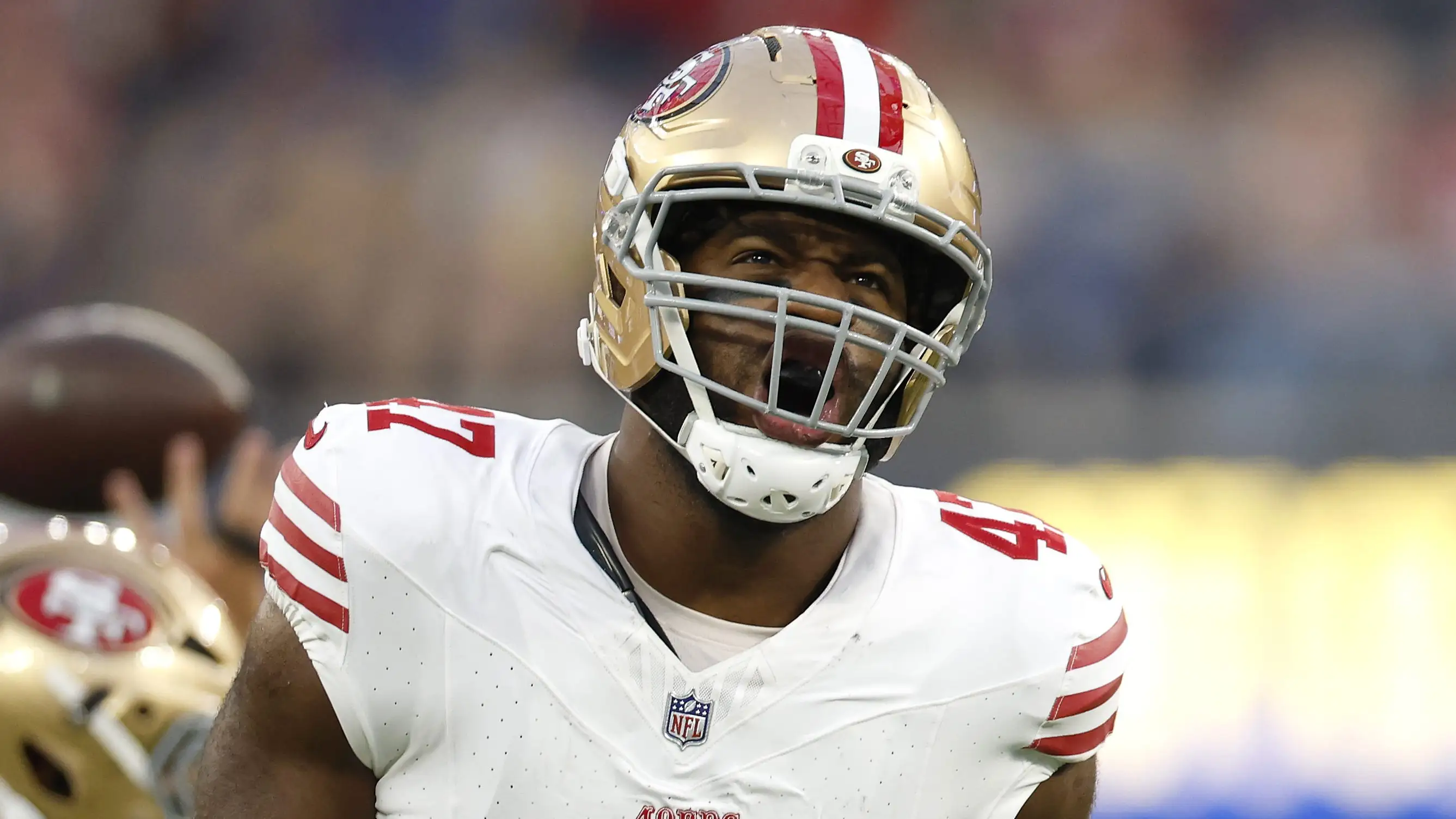Copyright forbes

At age 26, young adults must move off their parents’ plans and secure health insurance on their own. Just as 65 is the year Medicare begins, age 26 marks the moment your child’s health-insurance coverage changes under the Affordable Care Act. Understanding health insurance at 26 — what ends, what replaces it and how fast they must act — is critical. It’s one of the most confusing transitions in early adulthood — and one of the most expensive if handled wrong. When your child ages out of your plan, they’ll need to secure new coverage quickly, whether through an employer, the ACA Marketplace, or a student health plan if they’re in graduate school. For parents, it can be unsettling—emotionally and financially. After years of covering every urgent care visit, checkup, and pharmacy run, your instinct is to make sure they stay protected. For your child, it’s as overwhelming as it is for you — a swirl of unfamiliar terms like deductible, coinsurance and network. But with a little planning, you can help them turn this milestone into a moment of empowerment — their first real financial decision as an independent adult. The Hand-Off: Understanding the 26 Rule Under the ACA, most health plans must cover children until they turn 26 — regardless of marital status, residence, or financial dependency. Once they hit that birthday, coverage usually ends at the close of the month. That triggers a special enrollment period, a short window when your child can sign up for their own plan without waiting for open enrollment in the fall. Are There Exceptions to the Age-26 Cutoff? In most cases, no — 26 is the hard stop. But a few exceptions are worth noting: State extensions: Some states, including New York, New Jersey, and Florida, let unmarried dependents remain on a parent’s plan up to age 29–31 if they live in-state and aren’t eligible for employer coverage. These rules apply only to state-regulated (fully insured) plans, not to large self-funded employer plans governed by ERISA. (NY Dept. of Financial Services) Disability exceptions: A dependent who became disabled before 26 and remains financially reliant on the parent may stay covered with proof of disability. COBRA continuation: When coverage ends, COBRA lets dependents stay on the same plan for up to 36 months — but they pay the full premium plus 2% administrative fee. If you live in one of these states or your child has a qualifying disability, check with your insurer or HR department before coverage lapses. MORE FOR YOU Graduate School Coverage Options If your 26-year-old is in graduate or professional school, they may have access to a university-sponsored student health plan. Under federal rules, these plans must meet the same ACA standards as other marketplace coverage, including preventive care, prescription drugs, mental-health services and no lifetime limits. Many universities automatically enroll full-time graduate students and bill premiums through tuition unless they show proof of other insurance. These school plans often partner with national carriers, providing strong local networks and lower out-of-pocket costs than marketplace options. Marketplace vs. Employer Plans: The Trade-Offs Many 26-year-olds will have two options: employer coverage through a new job or individual coverage through the ACA marketplace. Employer plans usually cost less up front because the employer pays part of the premium. The trade-off: fewer choices in doctors, hospitals and plan designs. Marketplace plans offer flexibility — Bronze, Silver, Gold, and Platinum tiers — and income-based subsidies. Someone earning roughly $15,000–$60,000 may qualify for significant premium tax credits. Key questions to review together: What’s the monthly premium? How high is the deductible and out-of-pocket maximum? Are preferred doctors and hospitals in-network? If they change jobs or move, is the plan portable? Are they eligible for marketplace subsidies or employer contributions? Employer coverage may be simplest, but it’s not automatically best. If the job plan is high-deductible or has a narrow network, a subsidized marketplace plan might cost less and provide better access. Health Insurance Mistakes Many 26-Year-Olds Make Because most 26-year-olds are healthy, they often chase the cheapest premium. That short-term thinking can backfire fast. Preventive and mental-health care matter. Even the healthiest young adult needs annual exams and mental-health support. The ACA requires preventive care to be covered at no cost, but copays can vary widely. Beware the “cheap” plan trap. Ultra-low premiums usually mean sky-high deductibles. One ER visit can erase any savings. And remember, hospital care is exponentially more expensive than doctor visits, so limited access to inpatient coverage or a narrow hospital network can expose you to major out-of-pocket risk. Network limitations count. A low-cost plan isn’t a deal if the nearest in-network hospital is 50 miles away. Always verify providers before enrolling. Market-Wide Shockwaves: What This Means for Young Adults Here’s a twist: while you’re helping your 26-year-old pick a plan, the insurance market itself is shifting under your feet. Big insurers such as Cigna, UnitedHealthcare and Oscar Health are expanding into the ACA individual-market pool — a move that should widen the risk pool and drive down costs. But there’s a major hitch: the enhanced marketplace subsidies are set to expire at end of 2025, and Congress has not yet renewed them. Without that support, premium payments for many enrollees could spike by more than 75%, insurers are already pricing in significant hikes, and the risk pool is expected to age and sicken. So even though competition is increasing (good), the subsidy safety-net is slacking (bad) — meaning higher costs, less certainty and more complexity right when your child’s first independent health-choice matters most. Independence Starts With Health Insurance at 26 This isn’t just about avoiding a medical bill — it’s about building independence. Health insurance at 26 is often a young adult’s first real financial decision, a crash course in budgeting and self-advocacy. If parents treat it as collaboration, not rescue, the payoff lasts. The same judgment used to compare health-insurance options after 26 will shape every major decision ahead — from mortgages to investments to careers. So celebrate the milestone. Then sit down together and make a plan. Independence doesn’t mean going unprotected — it means knowing how to protect yourself. Editorial StandardsReprints & Permissions



